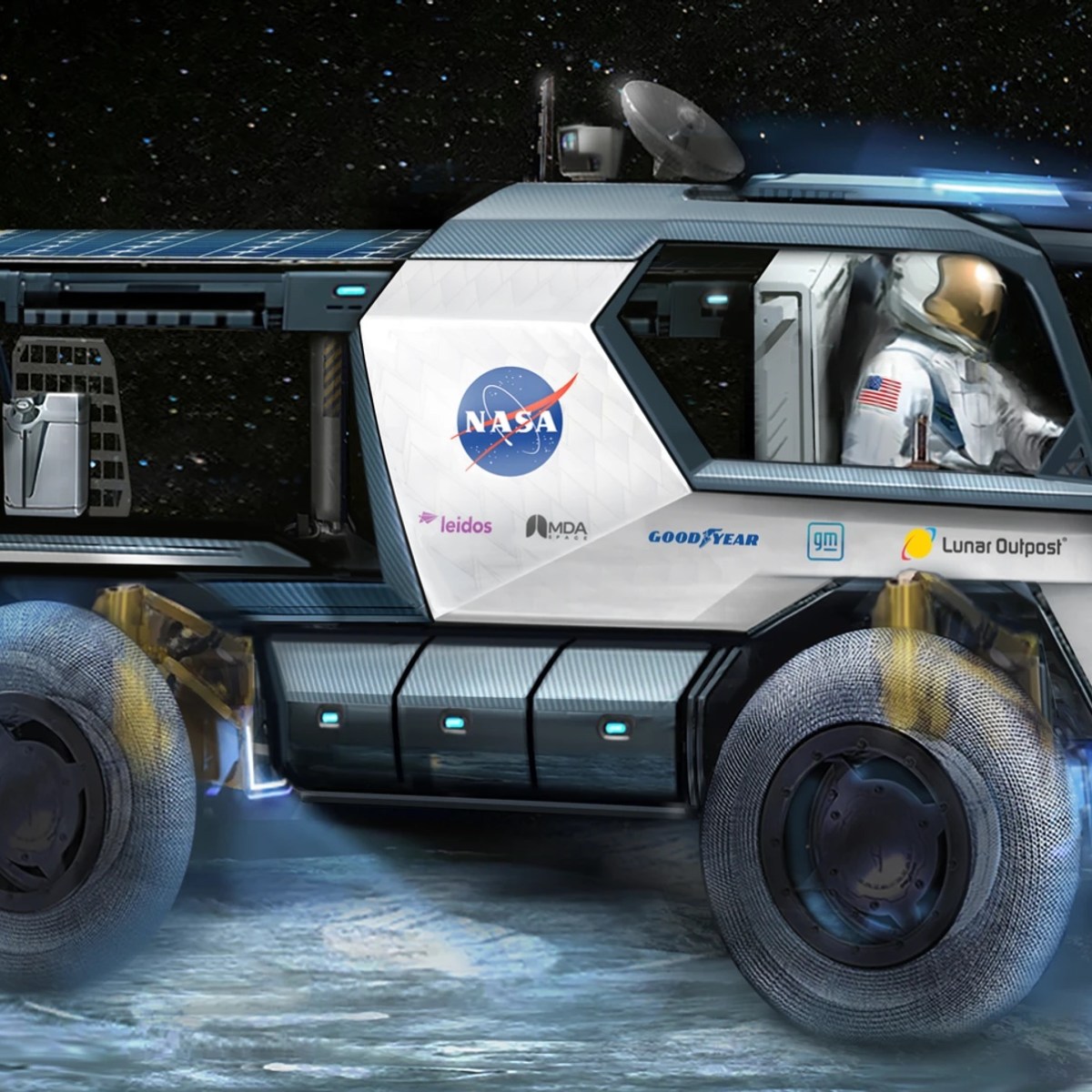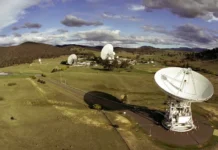Bremen, Germany — In an exciting development for space exploration and lunar missions, Colorado-based Lunar Outpost has entered into an agreement with SpaceX to use the Starship vehicle for delivering its Artemis lunar rover, known as the Lunar Outpost Eagle, to the moon. This collaboration marks a significant step in the ongoing efforts to support NASA’s Artemis program, which aims to return humans to the lunar surface and establish a sustainable presence there.
Lunar Outpost announced this partnership on November 21, emphasizing that the decision to select SpaceX’s Starship is based on several compelling factors. According to Justin Cyrus, the CEO of Lunar Outpost, the choice was influenced by SpaceX’s advanced technology, the pace of their developments, and the overall quality of their organization. “Starship is a vehicle that we believe will offer reliable landing capabilities on the lunar surface, and we’re confident in their ability to meet our required timelines,” Cyrus stated.
The Artemis lunar rover being developed by Lunar Outpost is part of the Lunar Terrain Vehicle (LTV) program, a NASA initiative designed to create a rover capable of supporting future Artemis missions. In April, NASA awarded contracts to three companies, including Lunar Outpost, to advance the design of their rovers. These contracts are a part of the first phase of the LTV program, which involves refining rover designs through a preliminary design review (PDR).
The LTV program is structured as a services contract, meaning that the selected companies are responsible for delivering the rover to the moon. Once on the lunar surface, these rovers can be used commercially when not in use by NASA. This approach not only fosters innovation but also encourages commercial ventures to explore lunar opportunities.
Lunar Outpost has designed its rover to be compatible with a variety of landing systems, ensuring flexibility and reducing risks associated with its commercial use. While the company has not disclosed other vehicles considered alongside Starship, Cyrus emphasized the importance of having multiple options. “We want this vehicle to be adaptable to different lander providers, allowing us to assess technical progress over time and mitigate risks in our commercial endeavors,” he explained.
The development of the Artemis lunar rover is a collaborative effort led by Lunar Outpost. The team includes major industry players such as Leidos, MDA Space, Goodyear, and General Motors. Notably, Leidos replaced Lockheed Martin in September as a partner on the “Lunar Dawn” team, following a restructuring of agreements related to the project.
A critical aspect of the rover’s development has been the refinement of its design. Recently, NASA astronauts had the opportunity to drive a prototype of the rover for human factors testing, providing valuable feedback on its functionality and performance. “We gained insights into what astronauts appreciate about the rover and identified areas for improvement,” said Cyrus.
The initial phase of the LTV contract is expected to conclude in approximately six months with a preliminary design review. After this, NASA will invite proposals from Lunar Outpost and the other two awardees, Intuitive Machines and Venturi Astrolab, for the subsequent phase of rover development and service procurement.
However, budget constraints may limit NASA to selecting only one company for this next phase. Despite this, Cyrus and others in the industry are advocating for NASA to consider multiple companies to ensure redundancy. “Choosing two companies for such a critical mission would provide dissimilar redundancy, which is a prudent choice,” Cyrus argued, drawing parallels to NASA’s approach in other service programs like the Human Landing System.
On November 13, Lunar Outpost announced a successful Series A funding round, though the specific amount was not disclosed for competitive reasons. This influx of funding will support the ongoing work on the Lunar Outpost Eagle, accelerating the company’s plans. “Even if we’re not chosen for the next phase of NASA’s LTV program, we intend to continue working on the rover due to commercial interest from potential customers,” Cyrus affirmed. The company is determined to proceed with its plans to fly the vehicle on SpaceX’s Starship, irrespective of NASA’s final selection.
This partnership between Lunar Outpost and SpaceX represents a significant milestone in the broader context of lunar exploration. As private companies increasingly collaborate with governmental space agencies, the potential for technological advancements and scientific discoveries expands. The development of lunar rovers capable of supporting human missions and commercial endeavors is a crucial step toward realizing the vision of a sustainable human presence on the moon.
For those interested in the broader implications of this partnership, it’s worth noting that the Artemis program is part of NASA’s long-term goal of enabling human exploration of Mars. The technologies and systems being developed for lunar missions will lay the groundwork for future Mars missions, making these developments all the more critical.
Furthermore, the involvement of companies like SpaceX, known for their innovative approach to space exploration, underscores the transformative potential of public-private partnerships in advancing space technology. SpaceX’s Starship, designed as a fully reusable spacecraft, holds the promise of reducing the cost of access to space, thereby making it more feasible to conduct regular missions to the moon and beyond.
In conclusion, the collaboration between Lunar Outpost and SpaceX is a testament to the dynamic nature of the space industry. As these companies work together to push the boundaries of what’s possible in lunar exploration, they are paving the way for an exciting future in space. The Artemis program, with its ambitious goals and collaborative spirit, is not just a return to the moon but a step toward a new era of exploration and discovery.
For more Information, Refer to this article.


































